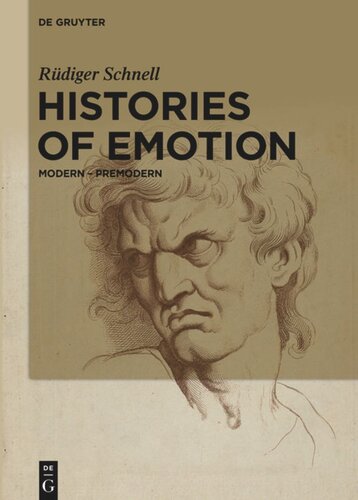

Most ebook files are in PDF format, so you can easily read them using various software such as Foxit Reader or directly on the Google Chrome browser.
Some ebook files are released by publishers in other formats such as .awz, .mobi, .epub, .fb2, etc. You may need to install specific software to read these formats on mobile/PC, such as Calibre.
Please read the tutorial at this link: https://ebookbell.com/faq
We offer FREE conversion to the popular formats you request; however, this may take some time. Therefore, right after payment, please email us, and we will try to provide the service as quickly as possible.
For some exceptional file formats or broken links (if any), please refrain from opening any disputes. Instead, email us first, and we will try to assist within a maximum of 6 hours.
EbookBell Team

4.3
18 reviewsThis study addresses two desiderata of historical emotion research: reflecting on the interdependence of textual functions and the representation of emotions, and acknowledging the interdependence of studies on the premodern and modern periods in the history of emotion.
Contemporary research on the history of emotion is characterised by a proliferation of studies on very different eras, authors, themes, texts, and aspects. The enthusiasm and confidence with which situations, actions, and interactions involving emotions in history are discovered, however, has led to overly direct attempts to access the represented objects (emotions/feelings/affects); as a result, too little attention has been paid to the conditions and functions of their representations. That is why this study engages with the emotion research of historians from an unashamedly philological perspective. Such an approach provides, among other things, insights into the varied, often contradictory, observations that can be made about the history of emotion in modernity and premodernity.